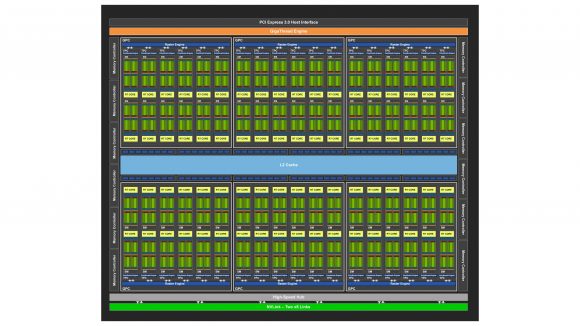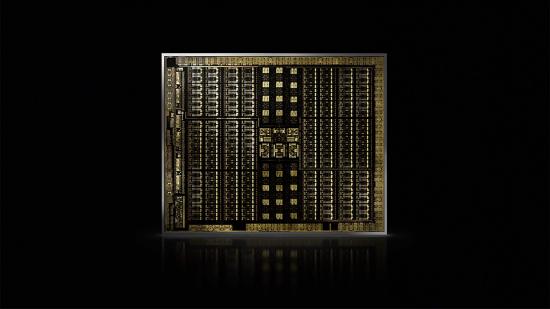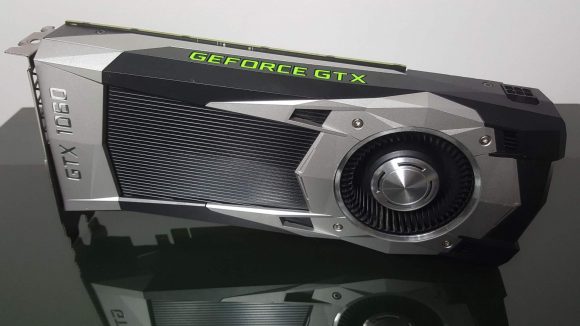Nvidia has finally offered tacit confirmation its next-gen, mainstream GPUs will be built upon the Turing architecture. While its high-end RTX 20-series GPUs utilise the Turing architecture to its full extent, RT Cores and all, there have been doubts the mid-range would be anything more than a Pascal refresh to keep costs down, more in line with AMD’s current Polaris and upcoming Navi lineup.
During the company’s Q3 2019 (not a typo, Nvidia is weird) earnings call last night, green team CEO, Jen-Hsun Huang, stated that the expectation would be its next-generation, mid-range graphics cards will be built on a mainstream variant of its Turing GPU architecture. While Nvidia traditionally utilises a single graphics architecture for its entire GeForce lineup, Turing’s RTX silicon, Tensor Cores, and therefore its large die size, could be seen as a hindrance to creating budget and mid-range GPUs this time around.
“We haven’t announced our future Turing product,” Nvidia CEO Huang says, “but it would be expected for us to create a Turing GPU that serves the mainstream parts of the marketplace. And so we’re not announcing anything, but it would be conventional of us to do that.”
Basically Nvidia’s not announcing anything, but it wants investors to know that its still going to get the job done in the high volume mainstream segment of the gaming GPU market.
The Nvidia Turing architecture comes packed with a ton of silicon dedicated to ray tracing and AI inference. These RT Cores and Tensor Cores make it possible for the RTX 2080 Ti, RTX 2080, and RTX 2070 to offer real-time ray tracing and AI-driven AA.

With RTX cards starting out at $499, it seems unlikely that Nvidia will be able to squeeze ray tracing-capable silicon onto any cheaper cards in the mid-range or budget segments. The RTX 2070, that $499 card, meets only the bare minimum required for ray tracing, and anything less will fall short of the spec.
There’s still other functionality within the Turing architecture that could well make it into a mid-range card, while still allowing Nvidia to maintain favourable pricing in the highly-competitive mid-range market. Not the least of which is the Turing streaming multiprocessor (SM) that now features independent integer and floating point processing to allow for concurrent operation. On-die cache memory has also been increased with Turing and the GPU given more dynamic access.
Nvidia is currently dealing with a GTX 1060 oversupply, in large part caused by its ramp up of GPU production dating back to when cryptocurrency mining was still profitable without a warehouse full of ASIC miners. Huang told investors it won’t be shipping any further mid-range Pascal GPUs into the channel for a quarter, or maybe two, in an attempt to shift existing inventory already out there, potentially offsetting the next-gen Turing mid-range launch until well into Q2 next year.
Nvidia will need to make its mid-range offering enticing when it does enter the market as it’s the one segment where it doesn’t have total dominance. AMD recently launched its RX 590 Polaris card in what looks to be an attempt to capitalise on the lack of Turing mid-range from Nvidia, but team Radeon could have a whole other architecture, AMD Navi, out by the time a mid-range Turing rolls around. That’s going to be a GPU battle royale nobody will want to miss.

